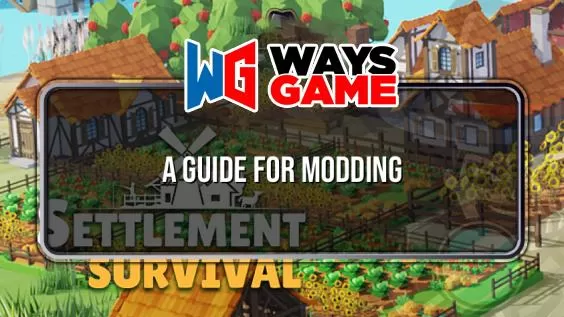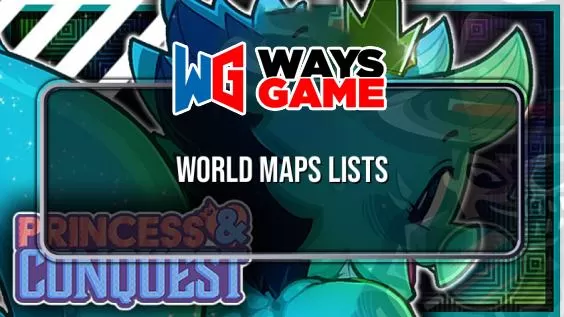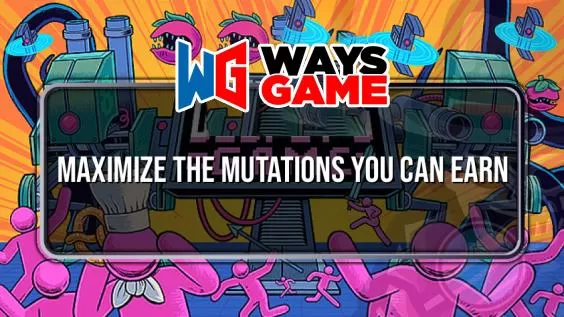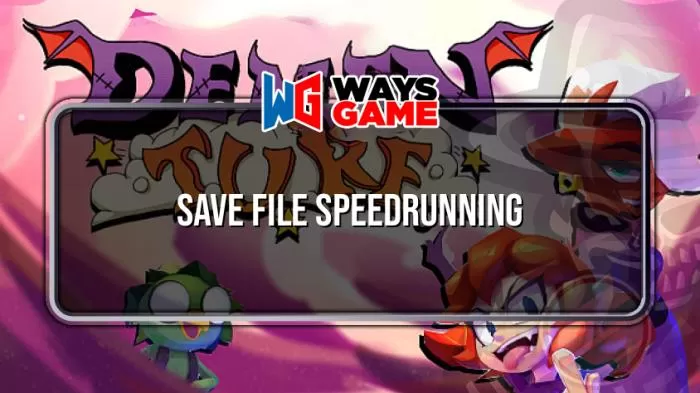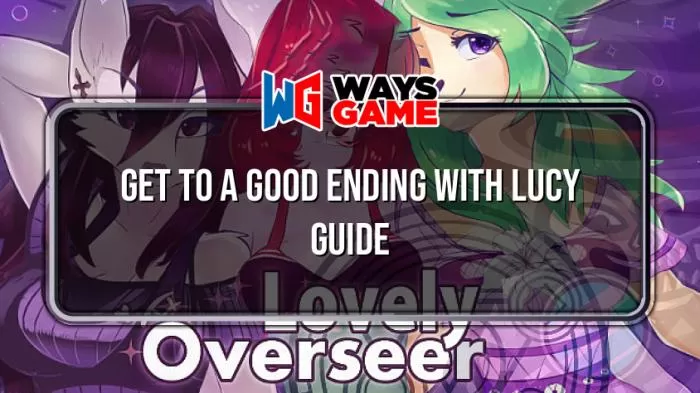This is a quick explanation of XML (the modding language) that can be used to modify this game.
I tried to make this simple, but feel free ask me questions!
<What_Is_Xml/>
<Text> <Introduction> XML, or eXtendale Markup Language, is a tool used to store various data. It's popular due to the fact that it is very easy to use and read. </Introduction> <What_Does_XML_Do> XML formats data you type into both human and computer readable code. It's easy to translate, and most software can open it for editing, if not manipulating. this, of course, is a steam guide text editor, so it won't do anything*. </What_Does_XML_Do> <What_Does_XML_Not_Do> XML by itself doesn't do anything. Think of it as a cooking recipe. You can't just stare at it and expect it do make anything - You have to do stuff with it. That's how XML works. It gives the computer (who you can think of as the baker) a set of data. The computer then inputs the "ingredients" into the game(or the oven) to be displayed before the user in the game. You will just be making recipes, at least for now. <Footnote> The steam text editor is also in HTML, which is a different language entirely. </Footnote> </Text>
Let’s get this out of the way:
The steam guide editor does not preserve white space (nerd-speak, spaces at the start and end of a sentence). To keep the XML in the correct format, I have to do some bizarre formatting.
<How_To_XML/>
<Text> <Basics> <Tags> As you can see, text in XML is divided with the words in the carrots. See the word "Tag" above this? Look below this paragraph, and you will see it again, but this time with a backslash. That's a tag, which is how XML structures data. All tags must have one staring and closing version. (It's case-sensitive, by the way) </Tags> <Tag_Family> All tags that are inside other tags are children of it's container, and are parents of the tags it contains in its self. Parent's get a*sess to the kids info, but are still separate things. If you look at this page, you can see that "Text" contains "Basics", which in turn contains "Tags", "Tag_Family" , "Advice", and "Self closing tags". It's kind of like a bulleted list, containing information loosely relating to it's topic. </Tag_Family> <Advice> A Well formatted XML document has equal spacing between short and concise tags, and new lines for each separation, as well as easy readability. <Those_are_not_rules_> Just re<c> </c>omendations</Those_are_not_rules.> <XML> <Is> Really Good at </Is> </XML> <WhatItDoes> so messy format </WhatItDoes> <is> OK, although discouraged. </is> </Advice> <Self_Closing_Tags> Sometimes, you will want to just have a tag that separates things without data. One thing you can do is implement an empty/self-closing tag. They look like <This/> And can really boost the neatness of a document! </Self_Closing_Tags> </Basics> </Text>
You can open your default text editors (TextEdit for Mac, Notepad Windows, etc.) and start writing XML. But there are some great, free software that can auto-format and color code. It all depends on the software.
even auto-complete:
| App | Description | Compatibility |
|---|---|---|
| Notepad++ | Great text editor for all purposes with coding support, small memory footprint and easy to load | Windows |
| Sublime text | Notepad++++ is a smaller version of the standard notepad but has a more attractive design. | All three |
| Visual Studio | Big application for huge projects – Use this if coders are your future plans. | All three (I’m sure) |
| Code Beautify | Takes XML. Then, creates a visually appealing tree diagram. Link: https://codebeautify.org/xmlviewer – [codebeautify.org] | Online |
<XML_More_Stuff/>
<More_Stuff> <Stylish_Text> If you want to ever bold or italicize a word/words, surround the text with <b></b> for bold and <i></i> for italics. </Stylish_Text> <Attributes are="cool"> Attributes are data points used to correlate different tags to specific data. You do this by typing the type of data you want to a*sociate the tag to, then write what the value of it is. Here, let me show you: <Bob gender="male"/> <Jake gender="male"/> <Sophia gender="female"/> <Jennifer gender="female"/> <Mr.Bean gender="alien"/> </Attributes> <Disallowed_Characters> XML reads symbols like open and closed carrots as special instructions (e.g starting a tag) if you ever need to have a special symbol in text, there are letter references that can substitute for them, and will appear as the desired symbol upon display. Note that only the open carrot is really outlawed, but it's good practice for the others. < becomes the open carrot > becomes the closed carrot & becomes the ampersand ' becomes the apostrophe " becomes the quotation mark </Disallowed_Characters> <!--This is a comment, which is automatically ignored when input into the code oven. it's very useful for writing notes, further organizing code, or as a guide for other users when they look at your code--> </More_Stuff>
<Example_and_Credits/>
<Example_and_Credits> <bookstore> </book> <book category="children"> <title lang="en">Harry Potter</title> <author>J K. Rowling</author> <year>2005</year> <price>29.99</price> </book> <book category="cooking"> <title lang="es">Libro De Palabras</title> <author>Eli Macho</author> <year>2005</year> <price>30.00</price> <book category="web"> <title lang="en">Learning XML</title> <author>Erik T. Ray</author> <year>2003</year> <price>39.95</price> </book> </bookstore> <Thanks> There's this website called REP_URLS_62f1ec7588efa [www.w3schools.com], and it helped me a lot, you should check it out. </Thanks> <Goodbye from="melack2"/> </Example_and_Credits>
This is all we can share for XML Tutorial for Beginners (formatted in XML) – Project Hospital for today. I hope you enjoy the guide! If you have anything to add to this guide or we forget something please let us know via comment! We check each comment! Don’t forget to check XIXGO.COM for MORE!
